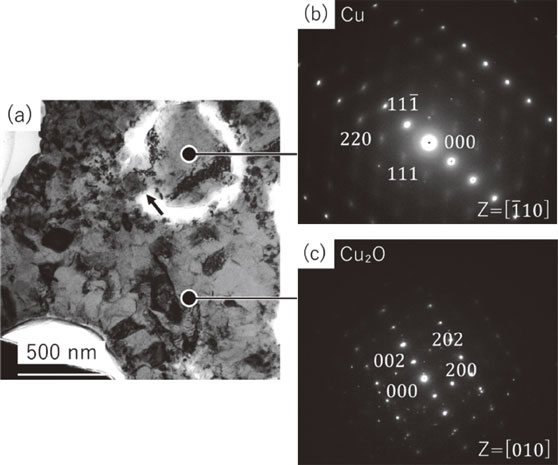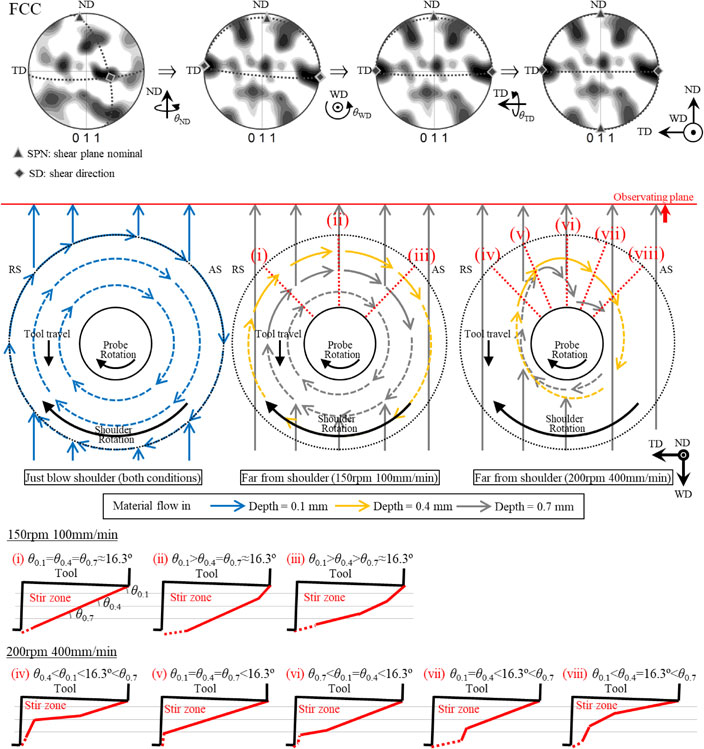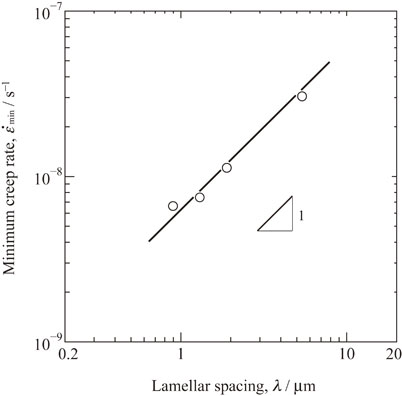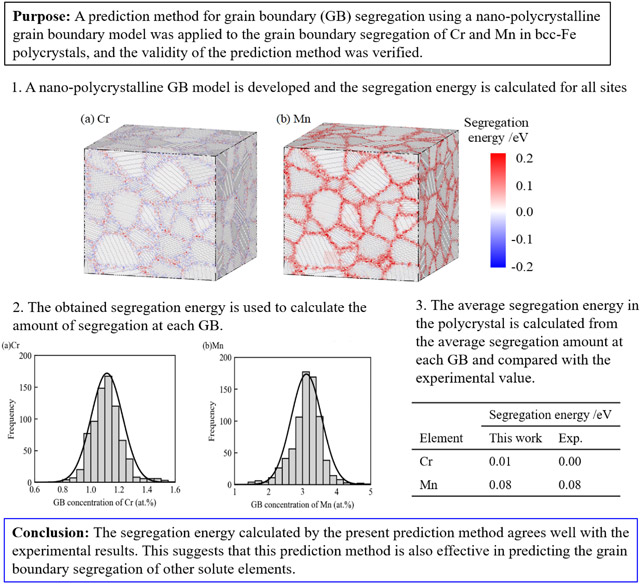The purpose of this study is to investigate the influence of Nb content of Ti-xNb-7Al alloys (x=20-35 mass%, abbreviated as xNbA) on β (bcc)→α″ (orthorhombic) transformation with tempering through microstructure, isothermal age-hardening, and shape change of a U-shaped specimen with heating. Full α″-martensite structure was obtained on the quenched 20 NbA. With increasing of Nb content, residual β-phase increased, and single β-phase was obtained in the alloys of more than 25 NbA. From the result, the MS temperature commonly decreases with increasing of Nb content. The hardness of 20 NbA and 23 NbA rapidly increased in a few seconds by isothermal aging at 450°C, and the hardness of the alloys of more than 25 NbA abruptly increased after an incubation period for 30-60 s. No compositional distribution between α″ and matrix in the aged 23 NbA was found by STEM-EDS analysis, but the obvious distribution of Nb was detected in 35 NbA. U-shaped specimen of 20 NbA exhibited no shape change by heating. On the other hand, the specimen of 23 NbA composed of β+α″ phases showed the shape recovery (SR) first due to work induced α″→β inverse transformation, then deformed toward the bending direction (SA: shape advance) due to β→α″ transformation. The specimens of more than 28 NbA composed of single β-phase exhibited only SA without SR. The starting temperature of SA (MSA: β→α″) with heating increases with increasing of Nb content. Merging MS (upper) and MSA (lower), it is proposed that the whole MS of xNbA alloy forms a bow shape curve. It is suggested that the low Nb alloys inside the MS curve transform immediately without atom diffusion by tempering at 450°C, but the higher Nb alloys outside the curve need an incubation period to distribute Nb concentration with atom diffusion, and martensitic α″ transformation will abruptly occur in the local domains less than 25 NbA which is the inside of the curve.












